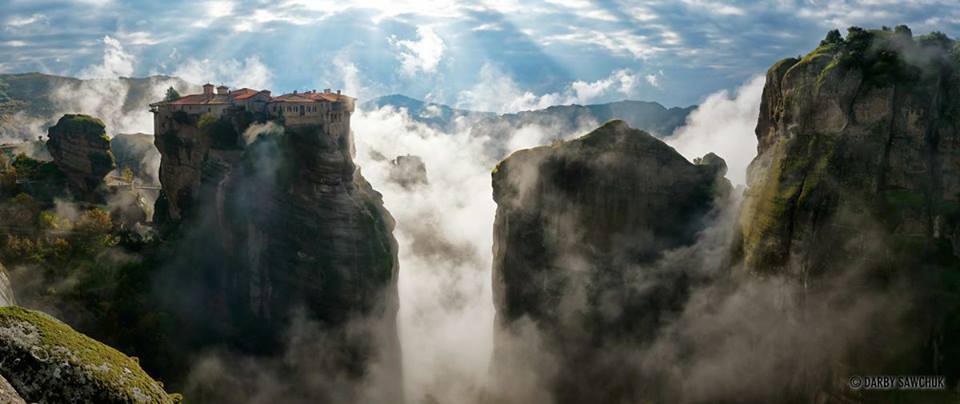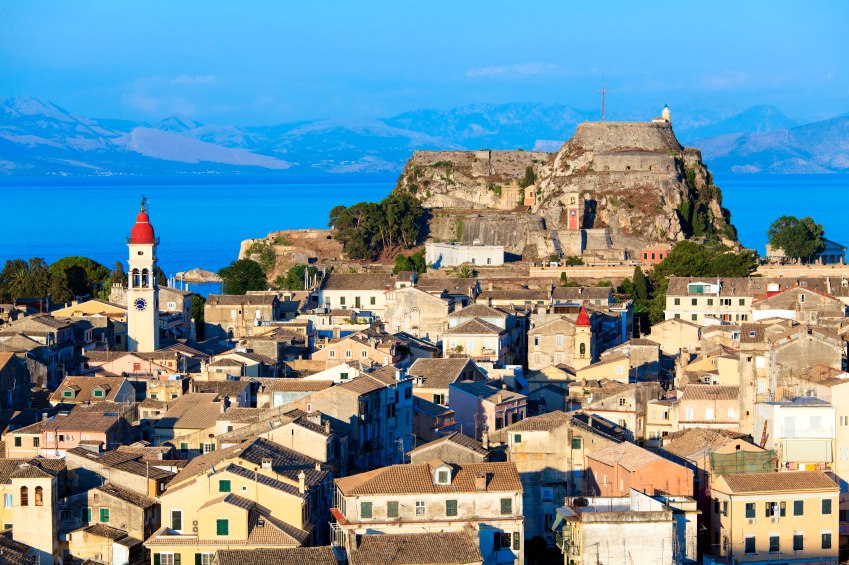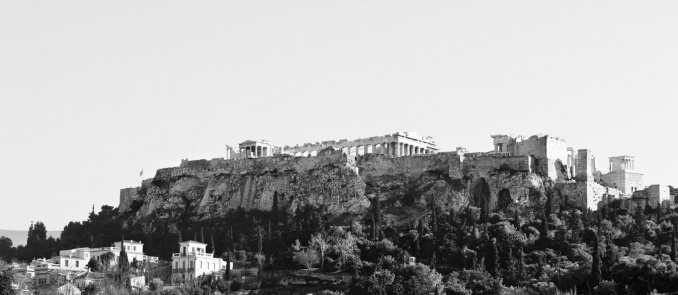UNESCO | Greek Monuments of World Cultural Heritage
One of the main aims of UNESCO (United Nations Educational, Scientific and Cultural Organization) is the promotion, the recognition, the protection and the preservation of the cultural and natural heritage, which is an important task of immense importance to humanity.

Fog over the rocks of Meteora
On November 16 and the year 1972, the General Assembly of UNESCO was held which adopted the Treaty for the Protection of the World Cultural and Natural Heritage. Each nation that signs the Treaty, recognizes and accepts that the particular sites located within their national territory and are listed in the World Heritage List, constitute -without prejudice to the national sovereignty- monuments of world heritage "for the protection of which responsible is the international community, which must work towards the achievement of this purpose".

Old Town of Corfu
Greece signed the Treaty of UNESCO in 1981 for the protection of monuments and other sites of world heritage in its territory. One of the crucial objectives of UNESCO is to protect the listed monuments, from any kind of erosion and destruction so that they can be passed on to the future generations. UNESCO’s 981 monuments in total, include as many as 17 Greek ones which you can see listed below according to the chronological order of their integration to the Treaty.
- Temple of Apollo Epicurius - Bassae (1986)
- Archaeological site of the Acropolis (1987)
- Archaeological site of Delphi (1987)
- Sanctuary of Asklepios in Epidaurus (1988)
- Mount Athos - Athos (1988)
- Meteora (1988)
- Paleochristian and Byzantine Monuments of Thessaloniki (1988)
- Medieval Town of Rhodes (1988)

Medieval Town of Rhodes
- Archaeological site of Olympia (1989)
- Archaeological site of Mystras (1989)
- Archeological site on Delos island (1990)
- Monasteries of Daphni, Hosios Loukas and Nea Moni of Chios (1990)
- Archaeological site of Heraion and Pythagoreion on Samos island (1992)
- Archaeological site of Vergina (1996)
- Archaeological sites of Mycenae and Tiryns (1999)
- Historic Centre (Chora) with the Monastery of Saint John and the Cave of the Apocalypse on Patmos island (1999)
- Old Town of Corfu (2007)



